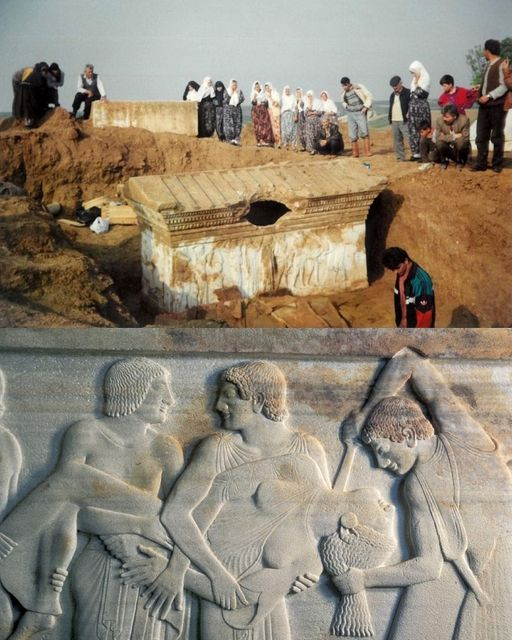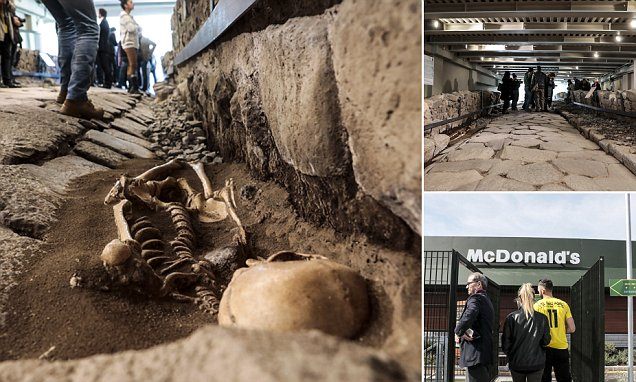In the windswept landscape of Nashtifan, Iran, stands a remarkable testament to the ingenuity of ancient engineers—a collection of vertical-axis windmills that have stood the test of time for over a millennium. These ancient Persian windmills, dating back to around 1000 years ago, continue to harness the power of the wind to grind grain, serving as a living reminder of sustainable engineering practices from the past. In this blog post, we delve into the fascinating history and enduring legacy of these remarkable structures, exploring their significance in the context of ancient technology and environmental stewardship.
A Glimpse into Ancient Engineering: The Nashtifan Windmills


The ancient Persian windmills of Nashtifan are a marvel of early technological innovation, standing as silent sentinels in the arid landscape of Iran. Crafted from natural materials such as wood and reeds, these vertical-axis windmills harness the power of the wind to grind grain, a vital task in agricultural communities of the past. Despite their simple construction, these windmills demonstrate a deep understanding of aerodynamics and mechanical engineering, allowing them to efficiently convert wind energy into rotational motion, thereby powering the grinding stones.
Sustainability Ahead of Its Time: The Enduring Design of the Windmills

What makes the Nashtifan windmills truly remarkable is not just their age, but their sustainable design that predates the modern concept of renewable energy. Long before the advent of fossil fuels and the industrial revolution, ancient engineers in Persia recognized the potential of harnessing wind power as a clean and renewable energy source. The enduring design of these windmills reflects a profound respect for the environment and a commitment to resourcefulness, showcasing the timeless wisdom of ancient civilizations in adapting to and utilizing their natural surroundings.
Preserving Ancient Wisdom: The Cultural and Historical Significance

Beyond their practical function, the Nashtifan windmills hold significant cultural and historical value as symbols of Persian ingenuity and craftsmanship. These structures serve as tangible links to the past, offering insights into the technological advancements and everyday life of ancient societies. As the world grapples with the challenges of climate change and sustainability, the ancient wisdom embodied by the Nashtifan windmills serves as a source of inspiration and guidance, reminding us of the importance of preserving traditional knowledge and practices in the face of modernization.
As we marvel at the ancient Persian windmills of Nashtifan, we are reminded of the enduring legacy of human innovation and resilience. These windmills stand as testaments to the ingenuity of ancient engineers and the timeless wisdom of sustainable living. As we strive to build a more sustainable future, we can look to the past for inspiration, drawing upon the lessons of history to guide us towards a harmonious relationship with the natural world.
Archaeological Insights:
The preservation of the Nashtifan windmills highlights the importance of archaeology in uncovering and preserving the technological achievements of ancient civilizations. Through careful excavation and study, archaeologists can piece together the puzzle of human history, shedding light on the ingenuity and resourcefulness of past societies. By documenting and protecting sites such as the Nashtifan windmills, archaeologists ensure that future generations can learn from the wisdom of the past, fostering a deeper appreciation for the interconnectedness of human culture and the environment.






